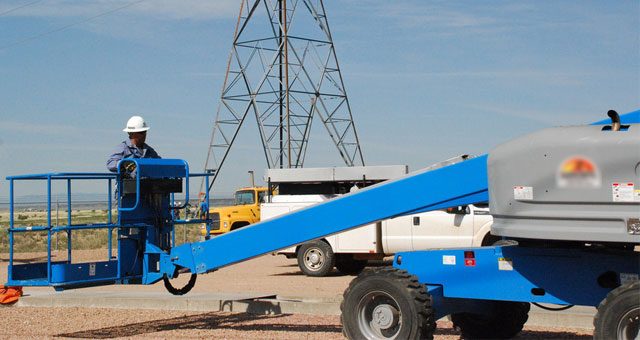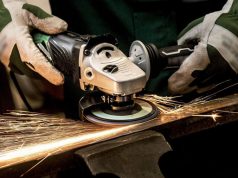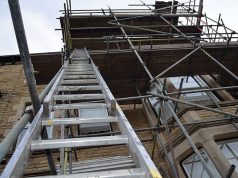Have you been injured due to a defective or unsafe aerial lift?
Aerial lifts are used often in the building and construction industry. These are used to reach heights that one may not be able to reach via other means such as ladders.
They are usually machine-operated by the user or another individual on the ground, and must be in top working condition from the time they leave the manufacturing plant as any defect could easily result in death.
Aerial Lift Accident Statistics
It’s said that aerial lift accidents account for 2 to 3 percent of all injuries or accidents in the construction industry. This could be due to a number of causes such as mechanical malfunction, poor use due to little to no training by supervisors, falls, and contact with other items such as electrical wire or ceilings.
The Manufacturer’s Legal Duties
Aerial lifts can lift workers more than 40 feet off the ground. As such, the potential for serious injuries is obvious: any kind of malfunction may result in falls from extreme heights.
Manufacturers are required by safety bodies such as OSHA to ensure that the products they create pass all quality standards and safety checks. This may involve things like testing each aerial lift before it is sent out to retail stores across the country, keeping a close eye on the manufacturing process, making sure workers in the line are keen to spot any flaws and mitigate them, and using high quality materials that can take wear and tear for a considerable amount of time before being rendered unsafe.
Aerial lift manufacturers are also required to ensure all products have clearly-marked warning labels regarding improper use. On top of that, all aerial lifts should have a safety mechanism that allows operators to easily turn off the machine to prevent any catastrophic accidents.
Lastly, aerial lift manufacturers are required to put out recall notices should they discover any mechanical issue overlooked during manufacturing so that people are aware of the issue, and are able to return or exchange their aerial lifts for safer ones.
Aerial Lift Injuries: The Legal Consequences
Should manufacturers fail in their duties and produce an unsafe or defective aerial lift that results in an injury or death, they may be held liable for any resulting damages through a product liability claim or lawsuit.
To discuss your legal options, seek a free consultation with a product liability attorney in your area.








